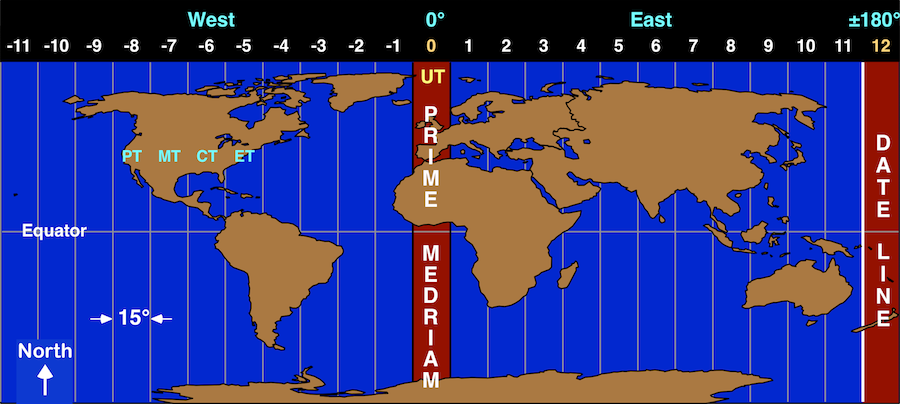Time Zone Conversion: Australian Eastern Standard Time to IST
Time Zone Conversion: Understanding Australian Eastern Standard Time to IST
Time zones are an intricate tapestry woven into the fabric of our global society, enabling synchronized activities across vast distances. Among the myriad of time zones, Australian Eastern Standard Time (AEST) and Indian Standard Time (IST) are two prominently utilized systems, especially in the context of business, communication, and travel between Australia and India. This article delves into the nuances of converting AEST to IST, enhancing your comprehension of the implications and considerations inherent in such conversions.
The Fundamentals of AEST and IST
Australian Eastern Standard Time operates at UTC+10:00, serving as the standard time zone for several states, including New South Wales, Victoria, and Queensland. In contrast, Indian Standard Time stands at UTC+5:30. This fundamental difference of 4 hours and 30 minutes is paramount in facilitating effective coordination of events and engagements between the two regions. For instance, when it is noon in Sydney (AEST), it is 7:30 AM in New Delhi (IST), illustrating the significant time disparity that can affect business meetings, phone calls, and even social gatherings.
Calculating the Conversion: A Simple Yet Crucial Task
Time conversion is a straightforward arithmetic operation that is critical in numerous applications, from scheduling conference calls to planning travel itineraries. To convert AEST to IST, one must subtract the 4 hours and 30 minutes difference. Therefore, a meeting scheduled for 3 PM AEST would correspond to 10:30 AM IST. However, misunderstandings can arise due to daylight saving time transitions in some Australian states, where the time may shift to UTC+11:00. Hence, it is prudent to verify the current time in both zones by consulting reliable resources.
The Role of Technology in Time Conversion
In an age dictated by technology, numerous applications and online tools can assist in time zone conversions, providing users with real-time data that accommodates fluctuations in daylight saving time as well. Applications such as World Time Buddy and Time Zone Converter are invaluable for professionals engaged in international communication. These tools not only facilitate the conversion process but also factor in local variations and seasonal changes, creating a more user-friendly experience.
Understanding the Cultural Context
Beyond the numerical conversion, it is essential to recognize the cultural implications that arise with time zone differences. In India, the average working day often commences earlier and concludes later compared to Australia, where business hours may be more aligned with traditional Western norms. This discrepancy can lead to challenges in communication, especially if one party is not cognizant of the other’s customary practices. For instance, a late evening meeting may be deemed acceptable in Australia, while in India, it may conflict with societal norms concerning evening family time. Thus, cultural sensitivity in scheduling meetings is paramount to fostering cooperation.
Implications for Global Business and Communication
In the global marketplace, businesses frequently operate across different time zones. The AEST to IST conversion is just one of many essential conversions necessary for optimizing productivity. Misalignment in scheduling can lead to missed opportunities, misunderstandings, and strained relationships. For example, multinational corporations engaging in joint ventures or partnerships must remain acutely aware of time zone differences to ensure that communication remains clear and consistent. This vigilance not only reflects professionalism but also enhances collaboration and trust among diverse teams.
Conclusion: A Time for Precision and Awareness
Understanding the intricacies of time zone conversions, particularly between AEST and IST, plays a crucial role in fostering effective communication between Australia and India. Being mindful of cultural nuances and employing technological tools can significantly enhance the experience of global interactions. As our world continues to shrink through globalization, the importance of accurate time conversion and cultural understanding will persist as a cornerstone of successful international engagement.
You May Also Like
Best Fish to Catch in Australia: A Guide for Anglers
Australia boasts an extraordinary diversity of fish species, making it …
Emily Bay Norfolk Island: A Hidden Gem in the Pacific
Emily Bay, a picturesque enclave nestled on the sun-kissed shores of …
Holidays on August 23: Global Festivities & Observances
August 23 is a date that carries a bouquet of cultural significance …





